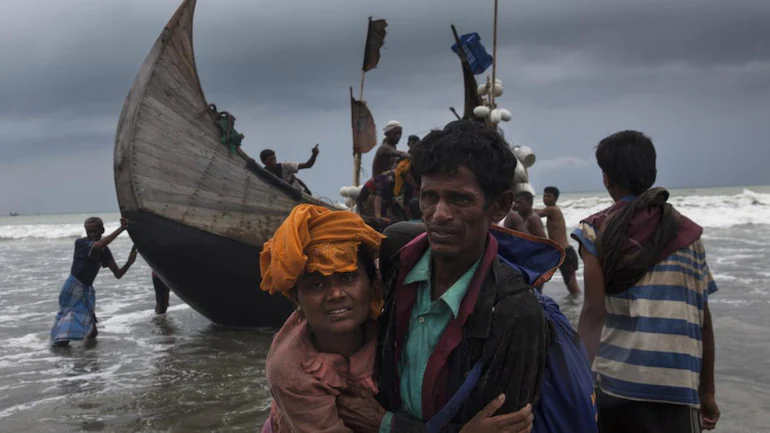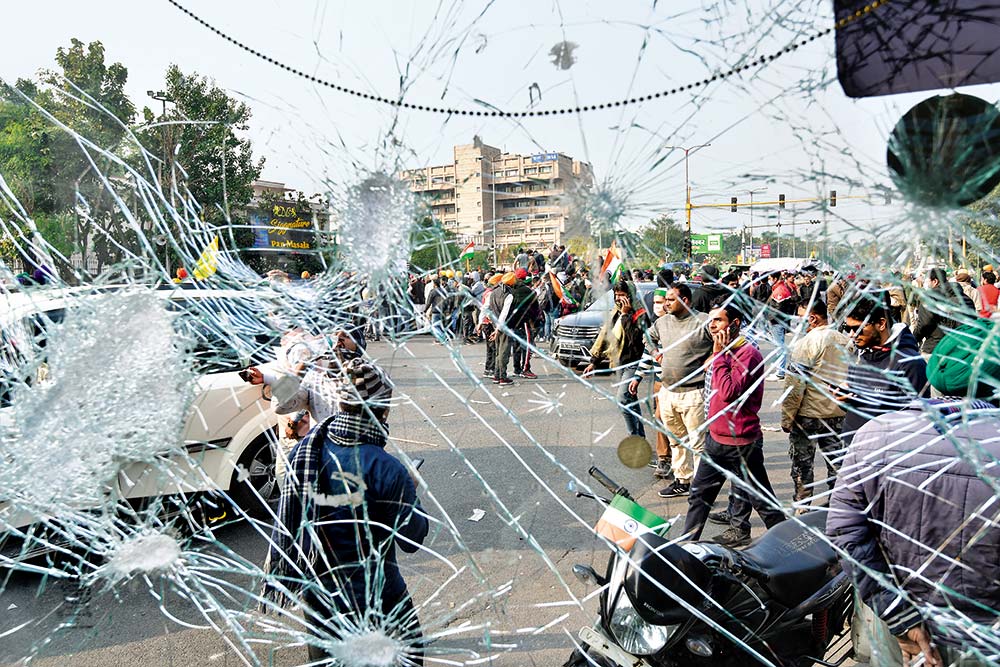
Rohingya Crisis In Andaman Sea
These Rohingya refugees were floating in a boat that malfunctioned in the Adaman Sea where the Indian Coast Guard found the refugees exhausted out of hunger and thirst last month. The refugees had set sail from Bangladesh for Malaysia on February 11. The engine of their boat failed mid-journey leaving the occupants adrift in the Indian Ocean.
When they left the massive camp of Cox’s Bazar, Bangladesh’s district bordering Myanmar, there were 90 Rohingya refugees onboard — 56 women, 21 men, eight girls and five boys. Four days later, the boat’s engine failed.
At least eight persons died before the Indian Coast Guard found their fishing boat. They were hungry and thirsty and were suffering from extreme dehydration.
India is feeding the survivors and providing medical treatment to them but it is not planning, at least yet, to take them ashore. India has communicated informed Bangladesh about the Rohingya survivors.
But Bangladesh has refused to take them back. Its foreign minister AK Abdul Momen last week told news agencies that Bangladesh has “no obligation” to take Rohingya refugees back. India has kept the channel of communication with Bangladesh open for the return of Rohingya survivors.
Why Bangladesh refused to take back Rohingya survivors?
Rohingya are residents of the Rakhine province of Myanmar but during a military crackdown in and after 2017, thousands of them fled their homes. Rohingya had been fleeing Myanmar for several years but rioting and military crackdown in 2017-18 saw a sudden exodus in larger numbers.
Bangladesh has been a destination for Rohingya refugees for long. After the latest of spate of exodus, Bangladesh is estimated to have up to 5 lakh Rohingya refugees.
Bangladesh has set up a massive refugee camp in Cox’s Bazar, where the UN High Commissioner for Refugees (UNHCR) is involved in their management. The UNHCR has issued ID cards to Rohingya refugees so that their human rights abuse is minimised.
At the same time, Bangladesh is facing pressure from within to ease the Rohingya refugee situation. It has been trying to de-congest Cox’s Bazar camp. It recently moved thousands of Rohingya refugees to a new and remote island called Bhasan Char in the Bay of Bengal.
This explains Bangladesh’s reluctance in taking back the Rohingya survivors who left the country’s shores last month. On the other hand, India has been cautious about accepting Rohingya refugees due to its own domestic compulsions.

